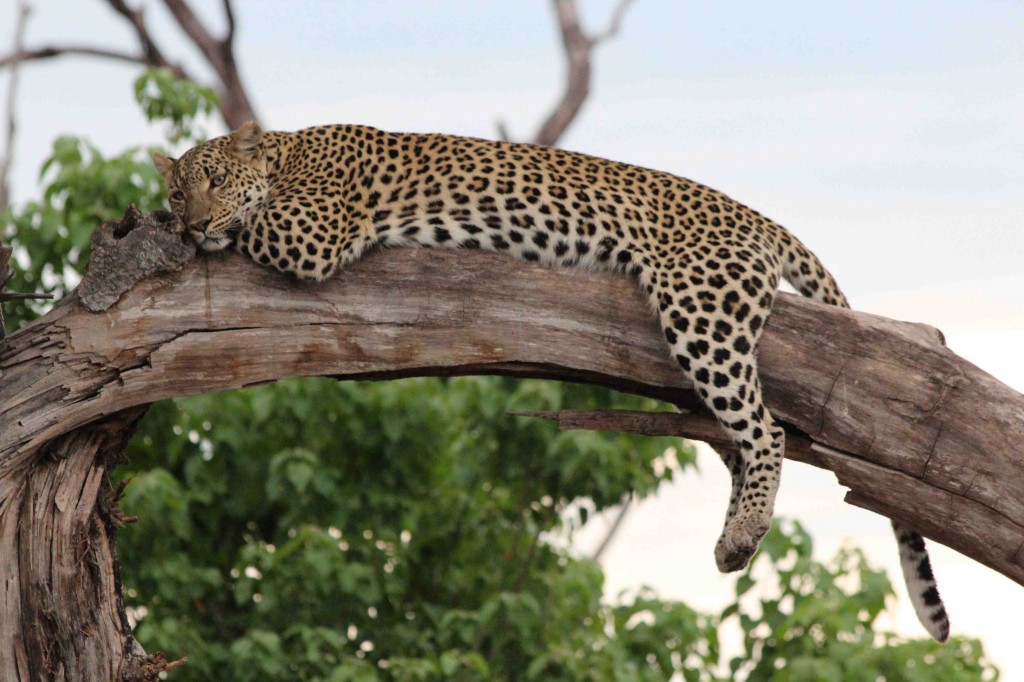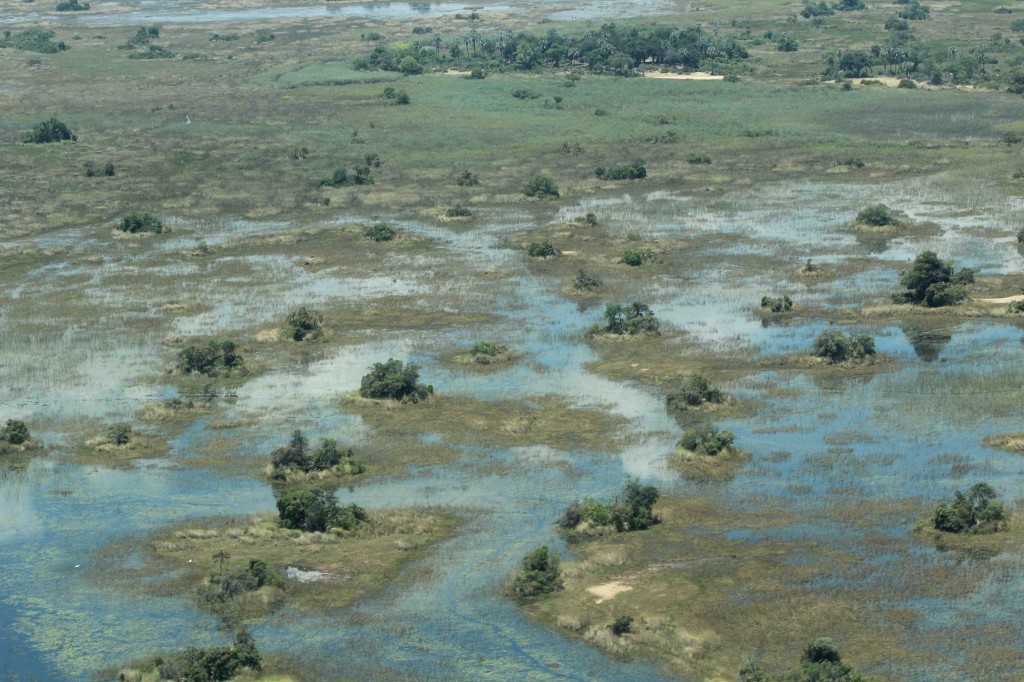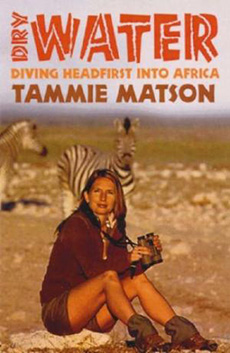There are few places in the world where you can watch wild animals at very close range without them being affected by your presence. Botswana’s Okavango Delta is one of these rare places and if you’ve never seen it, believe me, it’s worth the visit.
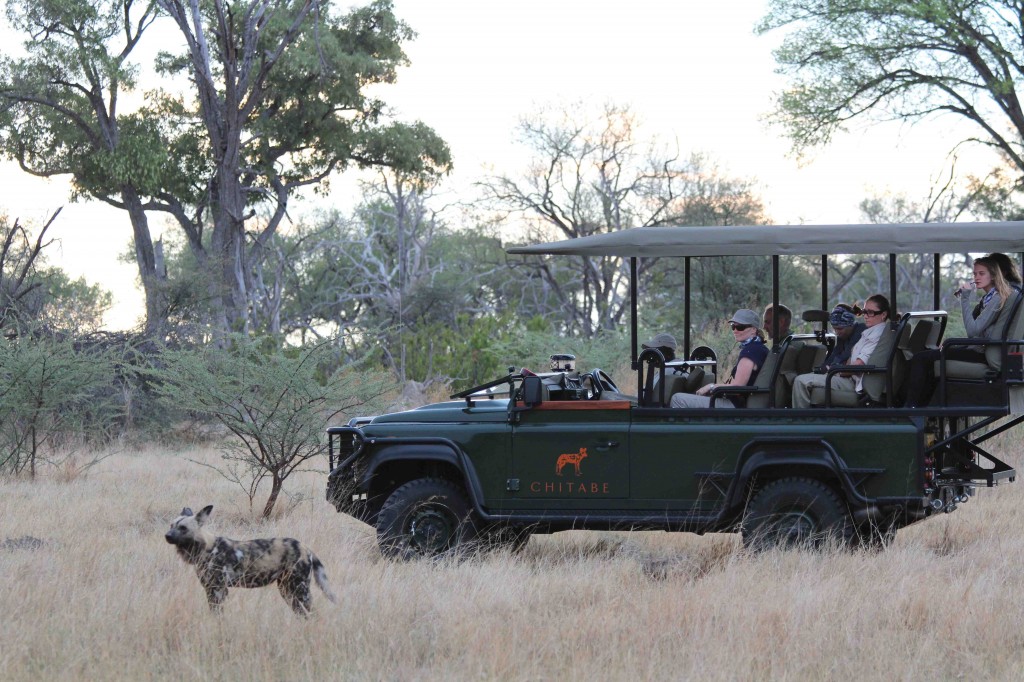
Up close and personal with an African wild dog at Chitabe – the most amazing area I’ve been to for experiences with predators who basically ignore vehicles
If you read my blogs, you hear me ranting about the dire state of the world’s elephant population all the time. The situation is very serious, with a study recently showing that poaching rates now exceed the natural growth rate of elephant populations. But you’d think I was lying if your only experience of Africa was the Okavango Delta because elephants are literally everywhere. With 130,000 elephants, Botswana has the world’s largest population of elephants, and in general, these are very happy elephants, subjected to very limited poaching, a result perhaps of the country’s successful ecotourism operations and strong, stable leadership that supports conservation and sustainable development.
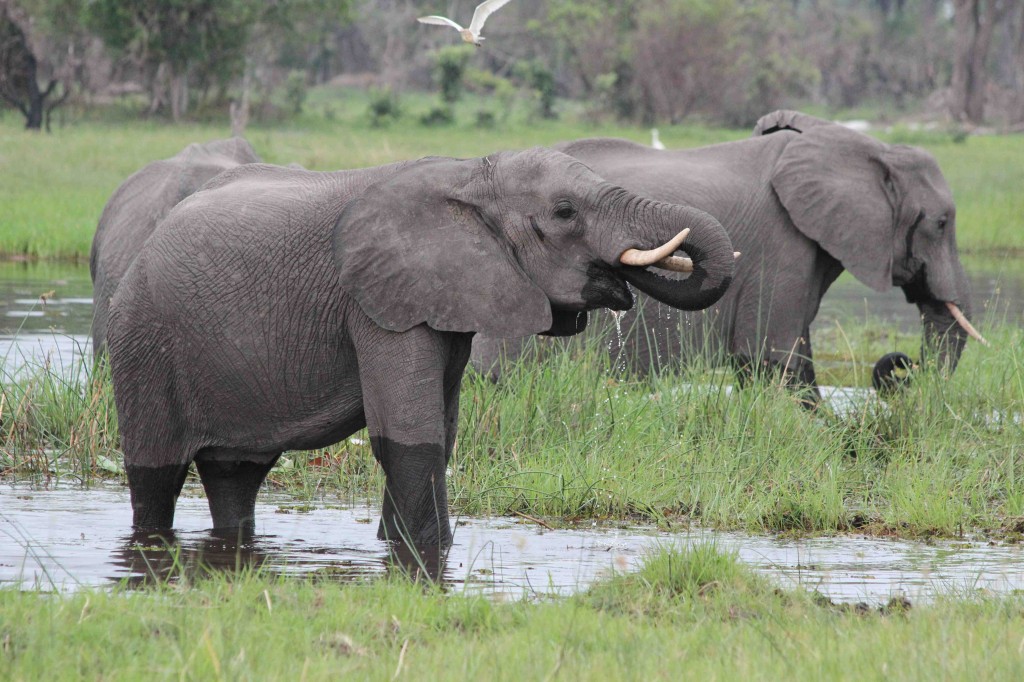
Relaxed elephants drinking near Banoka Bush Camp
I picked the Okavango for my first group safari through my company, Matson & Ridley Safaris, for one good reason. It never fails to deliver a gob smacking experience and it’s a role model for successful ecotourism that makes a difference. And deliver it did – holy moly!
From the elephants at Banoka Bush Camp, a community partnership with the local Kwai community (River Bushmen), the herds drawn in by the freshly sprung mopane leaves, to the incredible leopards and African wild dogs at Chitabe (the most amazing area for predators I’ve ever been to) and the striking frogs, bird life and yes, more elephants, at Xigera Camp, my small group of 12 Aussies and Singaporeans were left every day wondering how could the next day get any better? After spending a morning at a spotted hyaena den at Chitabe where small hyena pups played around their mother, then spotting a male cheetah lying by a termite mound, I personally would have been more than happy with a dung beetle in the afternoon. Instead, our guides found us a pack of African wild dogs, and putting on a real show, we followed them as their mid-sized pups sized up a 2 day old giraffe and (to our relief) decided she wasn’t worth the trouble.
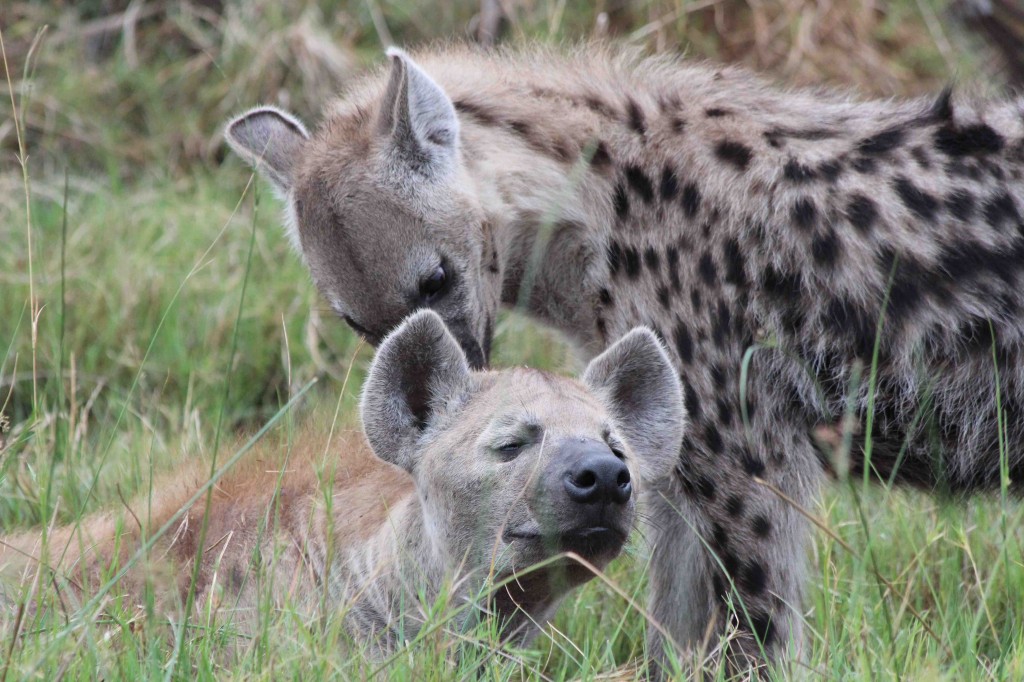
Being able to watch spotted hyaenas with pups at a den is such a special experience. Hyaenas are very social animals, as this pair show.
The safari was amazing, our guides from all of the Wilderness Safaris camps outstanding, and I was amazed at how close we were to lions and other animals, close enough to photograph the whiskers on their faces, with apparently no significant impact. Most of the time, as anyone knows who’s watched lions for a while, they do spend a lot of time lying around, but on this safari, half of our group watched one lion steal a baby impala kill from an eagle and devour it right in front of them. They then proceeded to get a flat tyre – right in front of the feasting lion – the kind of thing that only happens in Africa, of course!
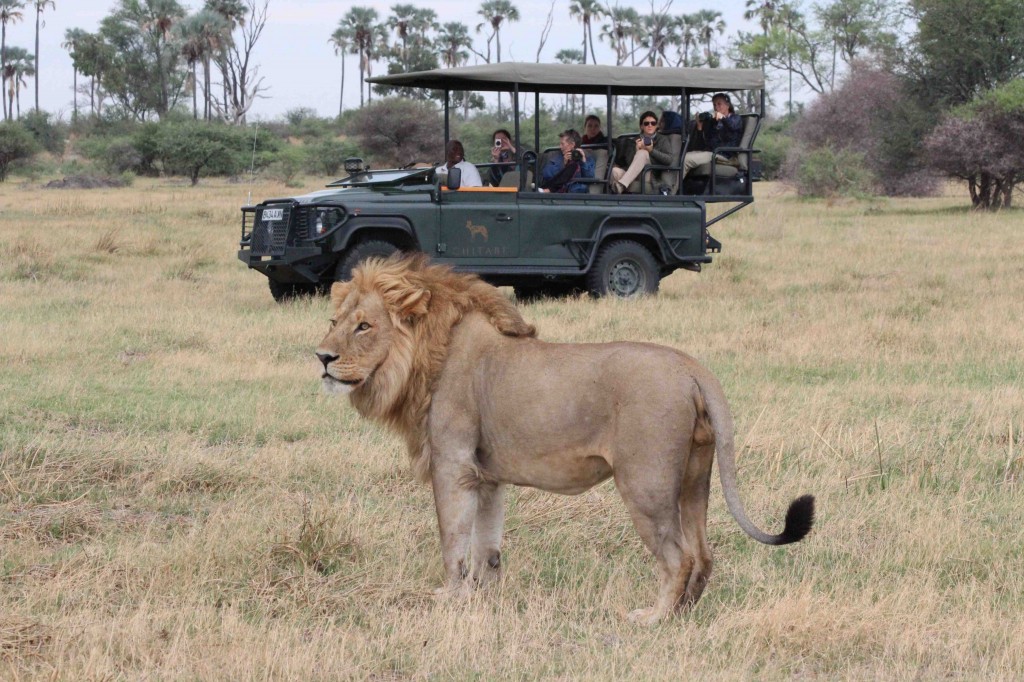
This lion at Chitabe was looking for his brother, according to our guide, and let us follow him as he walked across the savannah, humphing low calls along the way
The comradery and friendships you make on experiences like this can last a life time. One of the things that really helps on a group safari where you have some people who have never been to Africa, some who’ve been several times and have the eyes of a hawk, and some who know others in the group, while others have come alone, is the right attitude. Everyone on my maiden voyage was in the true spirit of Africa, appreciating every little thing we saw, from the mongooses to the dung beetles, and in one car my group spent about an hour watching the bulging rear end of a giraffe that was due imminently to give birth, in the hope that we might be there to witness this sacred thing!
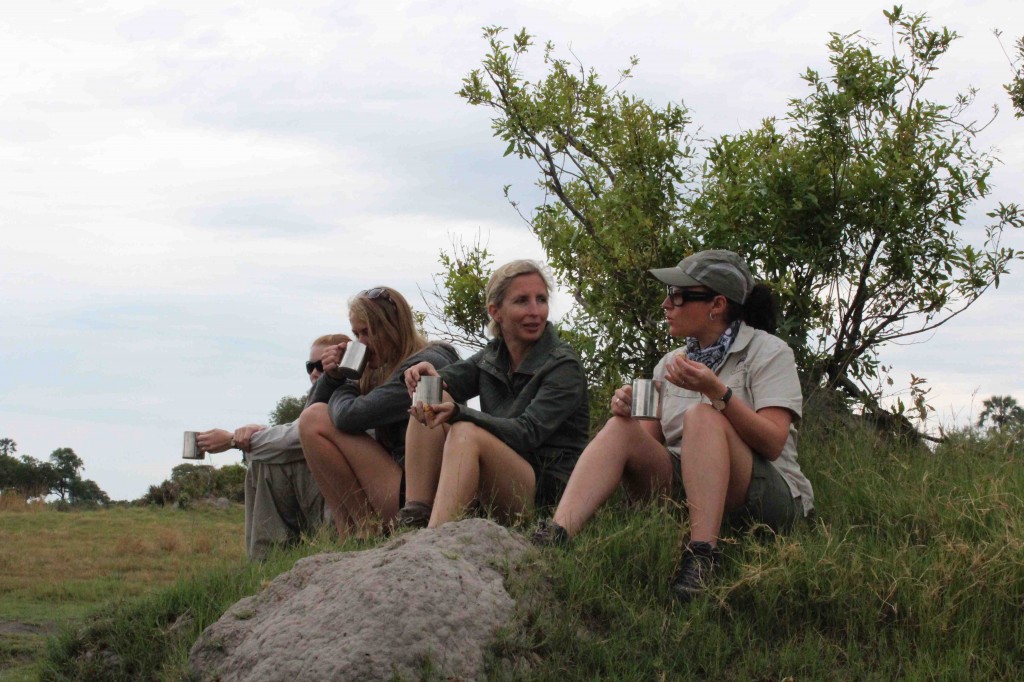
Deep and meaningfuls about everything under the sun during a morning break from game driving, next to a hippo waterhole
There were impala poo competitions (a rite of passage, as every African zoologist will testify) and deep and meaningful conversations on termite mounds while hippos honked and yawned nearby. This is no beach holiday – you’re up early (at 5am) to the sound of hyaenas cackling, and out and about on a Land Rover, mokoro or boat, twice a day, but everyone agreed that work back home barely crossed our minds. In Africa, you’re in the moment and the world ‘outside’ really feels a million miles away.
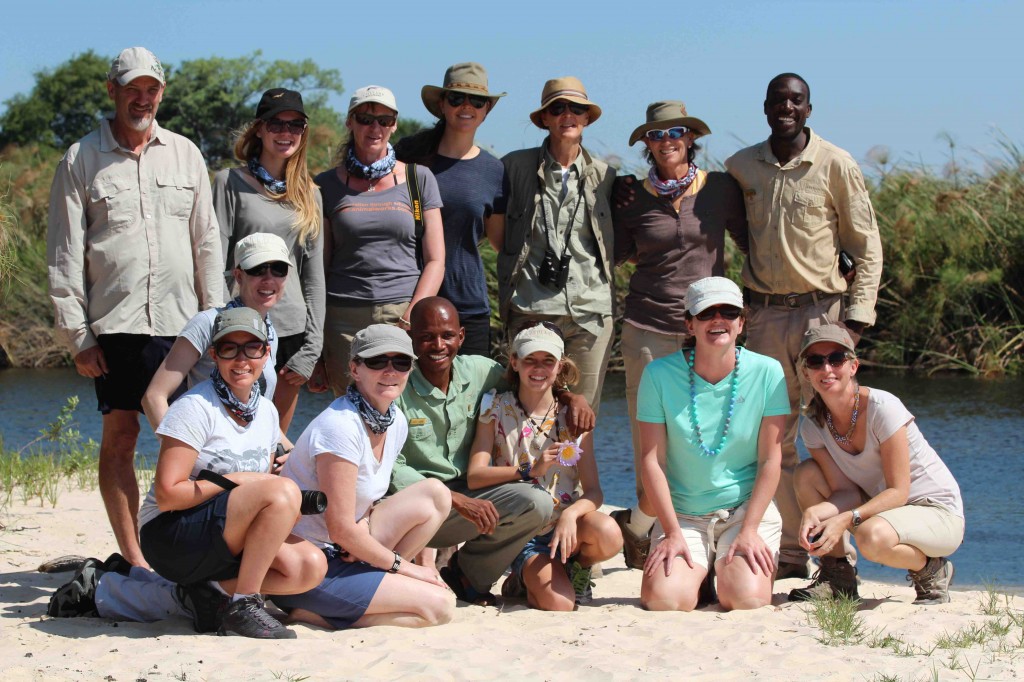
The Okavango adventurers! What an awesome bunch of people to spend time in Africa with and I have a feeling we’ll all see each other in Africa again soon. Top: Chris, Neve, Karlene, Dorine, Susan, Fleur & guide Rider. Bottom: Fiona, Skye, Jo, guide Resh, Alice, Lucinda & me.
Patience is truly a virtue when you’re on safari. The longer you spend at a sighting, the more likely you are to notice something interesting. We watched a female leopard languidly resting on the branch of a tree at Chitabe, but it was almost an hour later before she leapt down and sauntered a short distance away – where we then discovered another leopard, a male, in a tree! She turned her rear end to him and displayed, but sadly, this leopard did not want a wife this day, and she soon gave up and climbed another tree, enabling us to get amazing shots of her at sunset.
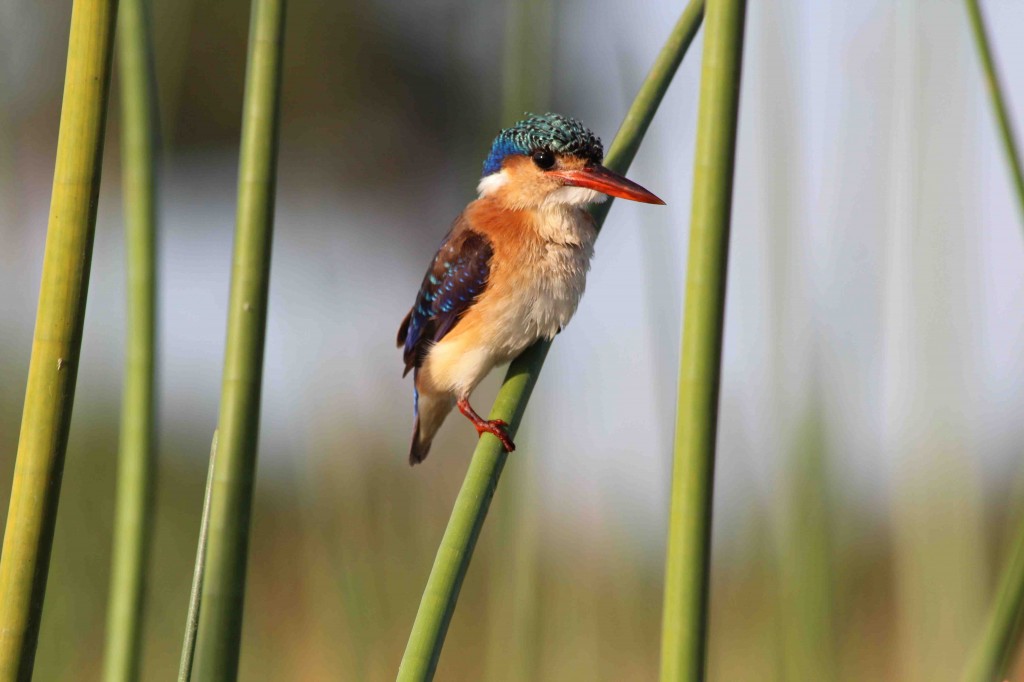
Some of the most striking species in the Okavango are the birds, like this incredible kingfisher, spotted on a mokoro at Xigera Camp
Africa is always full of surprises, and it’s at sunset that she really shines. Extra special at this time of year, the green season, is that all the baby animals are born, so the cute factor is super high (like all the baby impalas – I was in heaven). This safari also provided me with one of the scariest – and most touching – experiences of my life studying elephants, but that’s a story for another blog… or maybe, one day soon, another book.
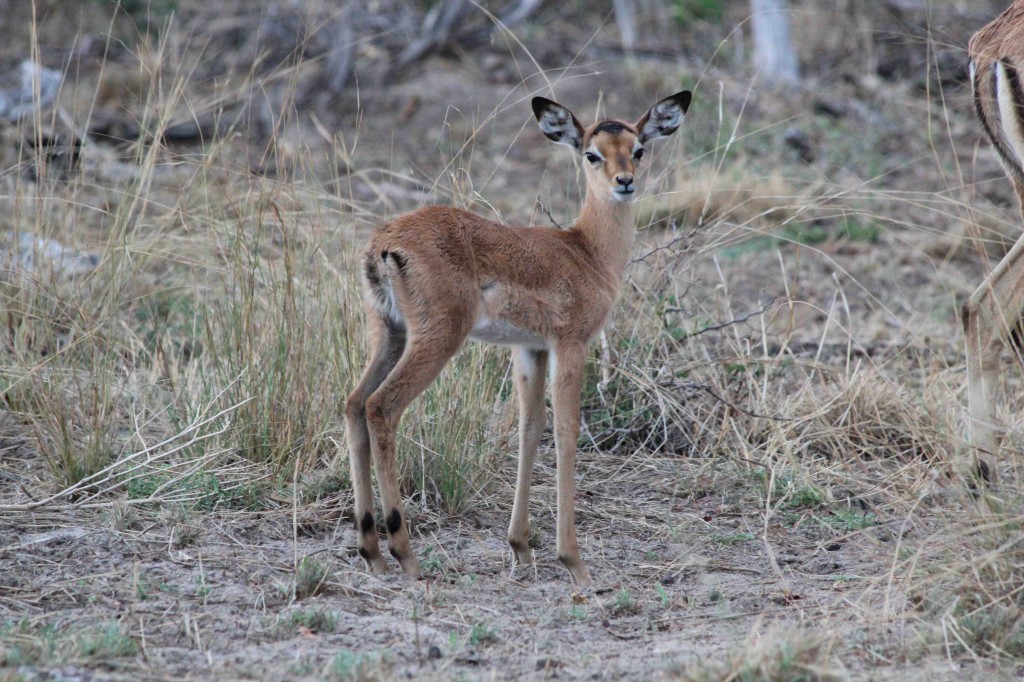
Aww… Baby animals don’t get much cuter than this. The thing I love about going to Africa in the green season, when the least tourists go, is that all the baby animals are around – magic!
To join me on one of my personally guided conservation-focused safaris, drop me a line here. My Namibian safari for September 2015 is sold out, but I’m now recruiting for Kenya in July 2015 (details in next blog) and details will be released in the new year for my Zimbabwean adventure planned for mid year 2016.
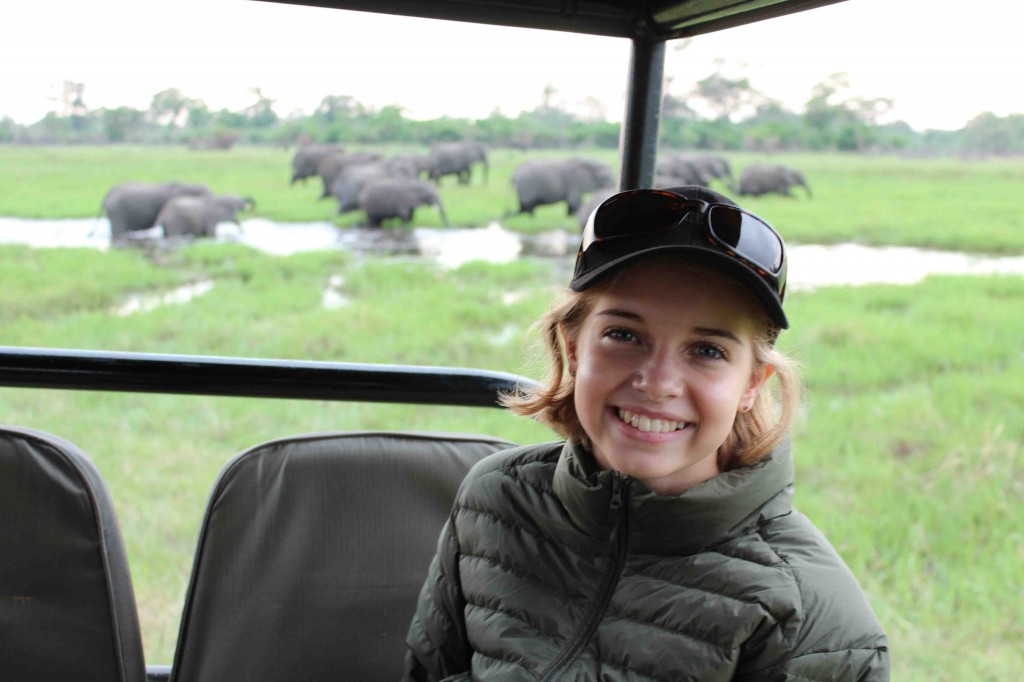
Alice, a 13 year old aspiring zoologist and a volunteer for the LEBE campaign, is now determined to follow her dream to study zoology having spent time in the wild on this safari
And since this Okavango safari was such a cracker, I might do it again in November/December 2016, the ‘green’ season when all the baby animals are out in force, so do let me know if you’re interested. Places are limited to 12 per safari. It’s a magical time to be there if you don’t mind the warm days and the price is much more reasonable than if you go in peak season. Trust me, with such comfortable camps in some of Africa’s wildest and most remote areas, you barely notice it while reclining by the pool with a cool drink and a view of the savannah.
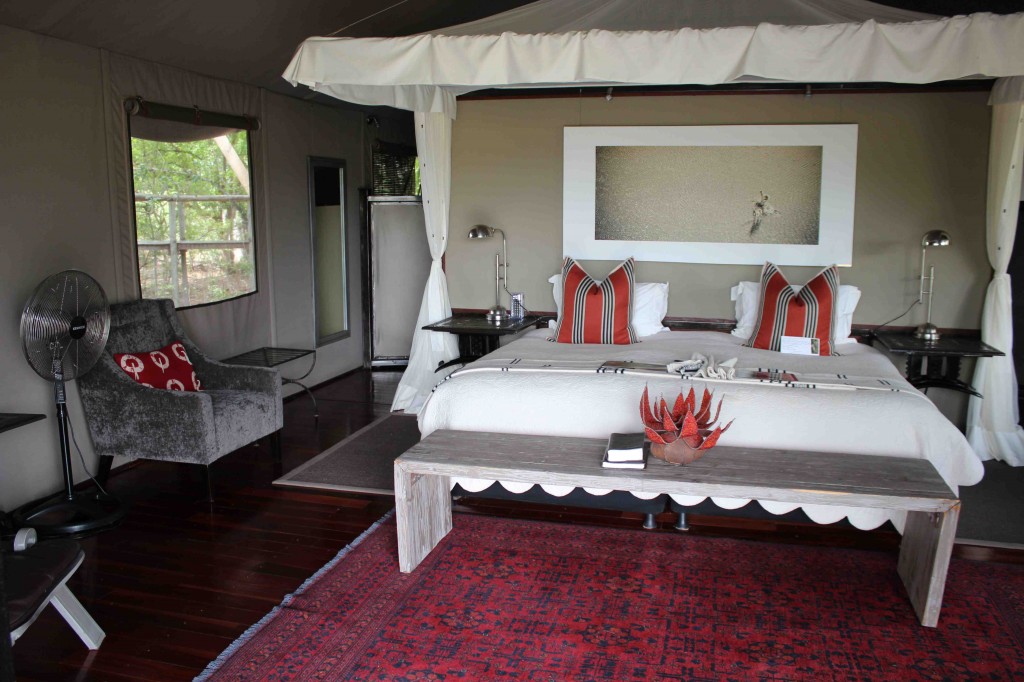
One thing we do not do in the Wilderness Safaris camps is rough it – this is true glamping in style (room at Chitabe where they even provide yoga mats for those inclined)
For details about going on safari with me or if you’d like me to organise your own safari through my travel agency, Matson & Ridley Safaris, contact me here today.

